“Costruire accoglienza”. Il patrimonio culturale dei centri minori come occasione di rigenerazione urbana e sociale
Abstract
Il progressivo spopolamento che ha interessato molti centri storici minori negli ultimi anni ha innescato pesanti ricadute sul paesaggio, sul patrimonio costruito e sul tessuto identitario di questi luoghi. In seguito all’abbandono si interrompono quei processi di “cura” e presidio del territorio che sono condizione necessaria per la conservazione e trasmissione dei luoghi. Quali strategie si possono mettere in atto per invertire questo fenomeno? Il contributo presenta alcune riflessioni frutto della ricerca FARB 2016 sviluppata dagli autori presso il Dipartimento di Architettura e Studi Urbani del Politecnico di Milano. “Costruire accoglienza” significa da un lato agire sul patrimonio culturale per andare a ri-significare i luoghi, proteggendone le invarianti ma guardando allo stesso tempo a modelli contemporanei e dall’altro lato lavorare sulle “comunità”, per dare vita ad economie di lunga durata. Il contributo vuole ridare centralità al costruito, partendo dalla convinzione che il processo di rigenerazione debba ripartire proprio dai luoghi, considerando il patrimonio dei piccoli centri come una risorsa dinamica che, se opportunamente riattivata, può essere in grado di generare la trasformazione.
"Building hospitality". The cultural heritage of small centers as opportunity for urban and social regeneration
The progressive depopulation that has affected many small historic centers in last years has triggered heavy repercussions on the landscape, on the built heritage and on the identity of these places. Following the abandonment, the processes of “care” and protection of the territory, which are necessary condition for the conservation and transmission of places, are interrupted: the buildings gradually degrades, the nature reconquers spaces and those that once were vital places are transformed into fragile and vulnerable landscapes. Which strategies can be implemented to reserve this phenomenon? The contribution presents some reflections resulting from the research FARB 2016 developed by the authors at the Department of Architecture and Urban Studies of Politecnico di Milano. “Building hospitality” means on the one hand acting on cultural heritage to enhance the places, protecting the identity elements but at the same time looking at contemporary models and, on the other hand, working on “communities”, to create long lasting economies. The paper wants to give back centrality to the built heritage, starting from the idea that the regeneration process must start precisely from the places, by considering the heritage of the small centers as dynamic resource that, if properly reactivated, may be able to generate the transformation.
Parole chiave
Full Text
PDFDOI: https://doi.org/10.14633/AHR277
Refback
- Non ci sono refbacks, per ora.
Copyright (c) 2020 Sonia Pistidda; Eleonora Bersani

This work is licensed under a Creative Commons Attribution-NonCommercial 4.0 International License.
........................................................................................................................................................................................................................................................................................................................................................
ArcHistoR è una rivista open access e peer reviewed (double blind), di Storia dell’architettura e Restauro, pubblicata con cadenza semestrale dall'Università Mediterranea di Reggio Calabria (Laboratorio CROSS - Storia dell'architettura e Restauro, dAeD - Dipartimento di Architettura e Design).
ISSN 2384-8898
![]()

Comitato scientifico internazionale
Maria Dolores Antigüedad del Castillo-Olivares, Monica Butzek, Jean-François Cabestan, Alicia Cámara Muñoz, David Friedman, Alexandre Gady, Jörg Garms, Miles Glenndinning, Mark Wilson Jones, Loughlin Kealy, Paulo Lourenço, David Marshall, Werner Oechslin, José Luis Sancho, Dmitrij O. Švidkovskij
Comitato direttivo
Tommaso Manfredi (direttore responsabile), Giuseppina Scamardì (direttrice editoriale), Antonello Alici, Salvatore Di Liello, Fabrizio Di Marco, Paolo Faccio, Mariacristina Giambruno, Bruno Mussari, Annunziata Maria Oteri, Francesca Passalacqua, Edoardo Piccoli, Renata Prescia, Nino Sulfaro, Fabio Todesco, Guglielmo Villa
 .
. 


2.jpg)
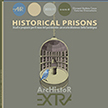
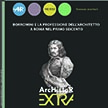


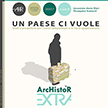
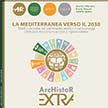
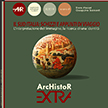

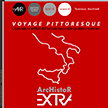
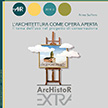
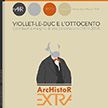
_2.jpg) .
. 
 .
. 

